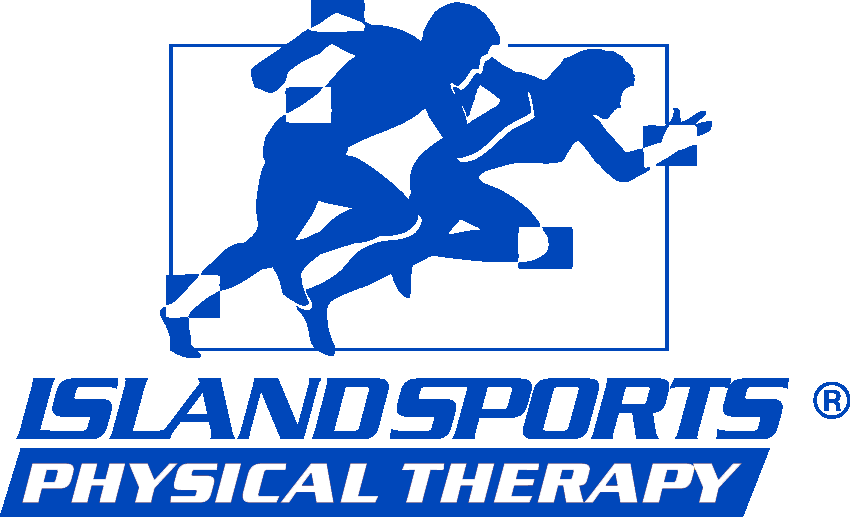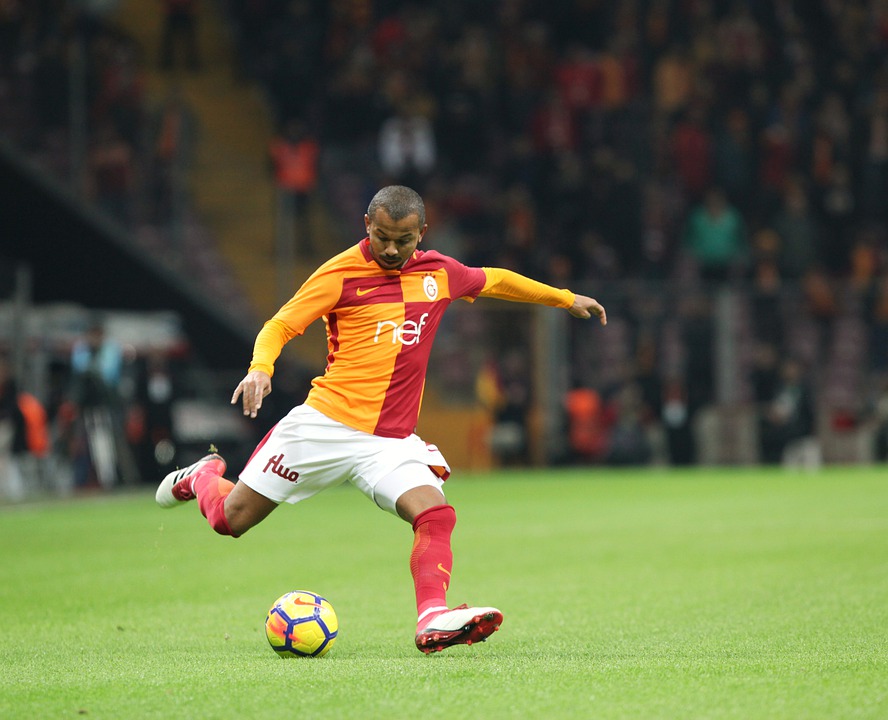Preventative Tips and Treatment Options for Sports-Related Injuries
Preventative Tips and Treatment Options for Sports-Related Injuries
Playing sports and staying active helps to maintain a healthy and fit body, however, there are many injuries that may occur during sporting activities. Some of the most common sports-related injuries include:
- Ankle Sprains
- Shin splints
- Stress fractures
- ACL tears
- Groin pulls
- Hamstring strains
Most common injuries are muscles strains or pulls and stress fractures. A sprain is a stretch or tear of any ligament, which is the tough bands that connect the bones in a joint. A stress fracture is an injury to the bone. Any sports activity that involves jumping, running or fast pace direction changes are prone to causing these injuries. These sports activities include football, soccer, tennis, basketball, etc. That is why it is important that if you are involved in these activities, that you be proactive when it comes to prevention.
How to Prevent Injury
Some injuries are out of our control, however, there are instances where sports injuries can be prevented. To reduce the risk of an injury:
- Do not overexert your muscles. Once a month, plan to have one “off day” every two weeks to allow your body to recover. Take the necessary time off.
- Wear the proper equipment needed for the sport. The equipment should be properly fitted in order to correctly protect the athlete. Such equipment like helmets, pads, face guards, and eyewear.
- Stretch and strengthen muscles before participating in the sport. Complete conditioning and stretching exercises that will help strengthen muscles used during the sport.
- Play safe and do not play through the pain.
Treatment Options
The treatments do depend on factors and the part of the body that is affected. General treatment options for any sports-related injury are the P.R.I.C.E approach.
- Protection. Protect the affected area from possible injury. (Use crutches)
- Rest. Avoid any physical activity and using the affected body part.
- Ice. Apply ice to the affected injury area for 15-20 minutes every 3 hours.
- Compression. Use compression bandages to reduce swelling.
- Elevation. Elevate the injured area above the level of your heart whenever possible.
If you cannot manage the pain, anti-inflammatory pain medications can help ease the pain. Once movement is back to normal on the injured body part, a physical therapist can help you regain strength. They can develop corrective exercises to work on the affected area.
If you have suffered from a sports-related injury, contact Island Sports Physical Therapy today!

